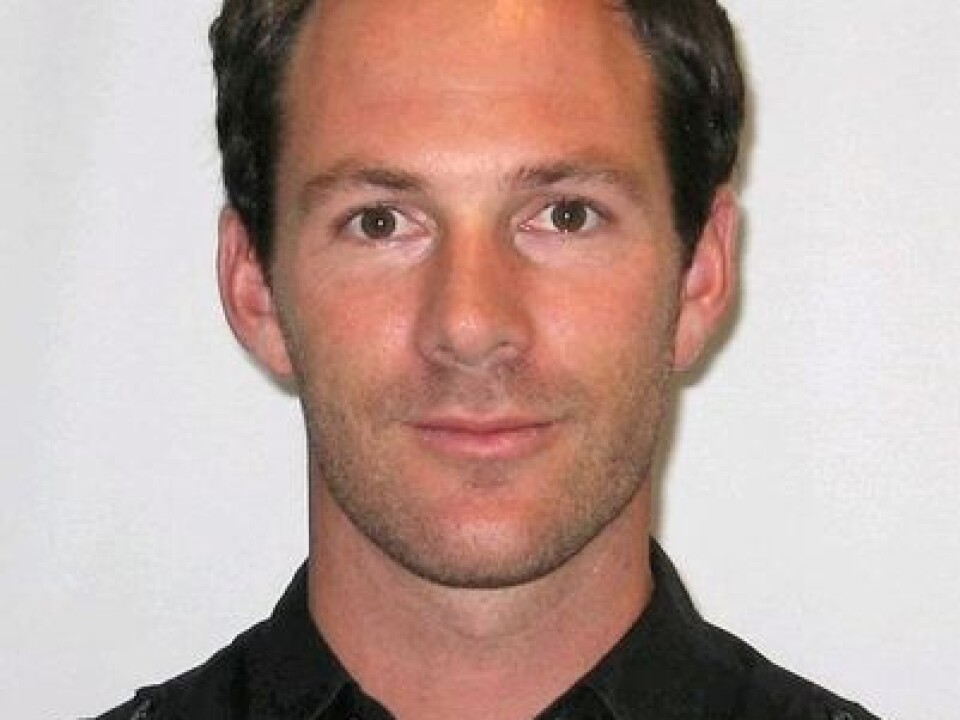An article from NIVA - Norwegian Institute for Water Research

The sewer reveals yesterday's drinks
New methods have been developed for analyzing the by-products of the body's metabolizing of alcohol. Sewage can be used to reveal when and how much we drink.
Denne artikkelen er over ti år gammel og kan inneholde utdatert informasjon.
Most alcohol consumption in Norway occurs on weekends, contrary to drinking patterns further south in Europe. This is confirmed in a study from Norwegian Institute for Water Research (NIVA).
About 60 percent of the alcohol consumed in Oslo is imbibed on Friday and Saturday, with about 10 percent being drunk on each of the rest of the weekdays. This matches the results of earlier studies involving interviews and questionnaires.
The NIVA study indicates that the average daily consumption calculated in terms of pure alcohol is from 9.8 to 15.6 gram per person. This correlates well with estimates made by Statistics Norway for the Oslo region.
The total consumption of alcohol and consumer patterns in Norway can be estimated from sales figures from the Norwegian wine and spirits monopoly, the calculated import of duty-free alcohol and interview studies on consumption and production of bootleg.

However, many of the estimates are rather uncertain.
"By taking samples from the sewage system our new method provides more objective and detailed figures regarding trends in alcohol consumption for a limited share of the population," explains PhD student Malcolm Reid at NIVA.
The hunt for specific and stable indicators
Some scientists are good at pushing the envelope. Researchers from NIVA and the Norwegian Institute of Public Health have recently shown that tiny traces of the by-products of the body's digestion of alcohol can be detected in sewage.
They use sensitive methods enabling them to follow variations in consumption, which appear to match with what is already known. But the sewage sampling also provides new insights.
The alcohol we drink is broken down in the body into various chemical compounds that end up in our urine. Experiments have shown that some of these products of metabolism, or metabolites, found in sewage cannot come from any other sources.
Two such compounds interested researchers as possible indicators of alcohol consumption. Although only 0.01percent of the alcohol we drink is converted into these particular metabolites, and they are vastly diluted in waste water, the methods of analysis are so sensitive that the compounds can be measured with great accuracy.
The metablolite ethyl sulphate (EtS) was quickly selected as the best biomarker for recent alcohol consumption because it does not break down rapidly in sewage water, and it is not produced by any processes outside the human body.
Monitoring Oslo's underworld
Sewage water from about 500,000 people in the Oslo region is led to the VEAS sewage treatment plant. Tests of the sewage water were made throughout the month of September 2009.
Researchers had to adapt their analysis methods to detect and determine concentrations in untreated sewage. After removing solid waste particles with a centrifuge, concentrations of the two chosen compounds in the waste water were subjected to an advanced method of analysis fluid chromatography mass spectrometry.
Although most alcohol consumption occurs in the evening, metabolites can be measured in urine for more than 24 hours after you take your last a drink. In sewage the highest concentrations of these metabolites are found in the morning hours - especially on Saturday and Sunday mornings, because of the high level of alcohol consumption the previous evenings. With information like this the researchers could calculate how much alcohol had been consumed at various times of the day in the course of the week.
Comparable methods have previously been used to monitor the consumption of narcotics and various medications.
"We have also taken tests of sewage water in Milan, Antwerp, Brussels, London and Oslo in collaboration with international partners, to compare drinking patterns in different European countries," says Reid.
These results will be published in the first part of 2012.
----------------------------------------------------------------------------------------
Read the article in Norwegian at forskning.no
Scientific links
- MJ Reid, KH Langford, J Mørland, KV Thomas ( 2011) Analysis and Interpretation of Specific Ethanol Metabolites, Ethyl Sulfate, and Ethyl Glucuronide in Sewage Effluent for the Quantitative Measurement of Regional Alcohol Consum. (Abstract)
- MJ Reid, KH Langford, J Mørland, KV Thomas ( 2011) Quantitative assessment of time dependent drug-use trends by the analysis of drugs and related metabolites in raw sewage. Drug Alcohol Depend. (Abstract)






























